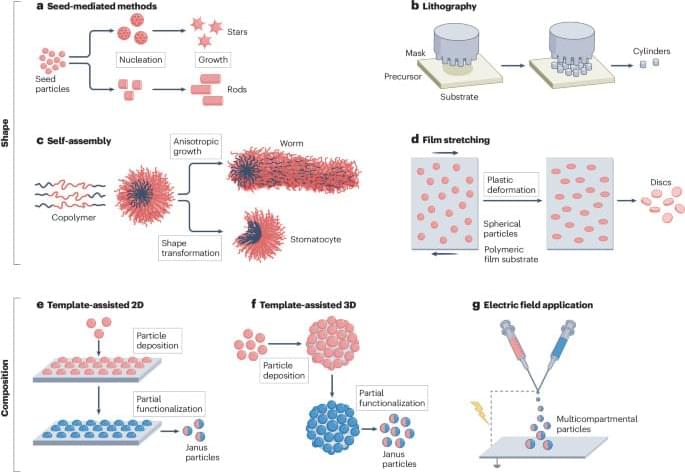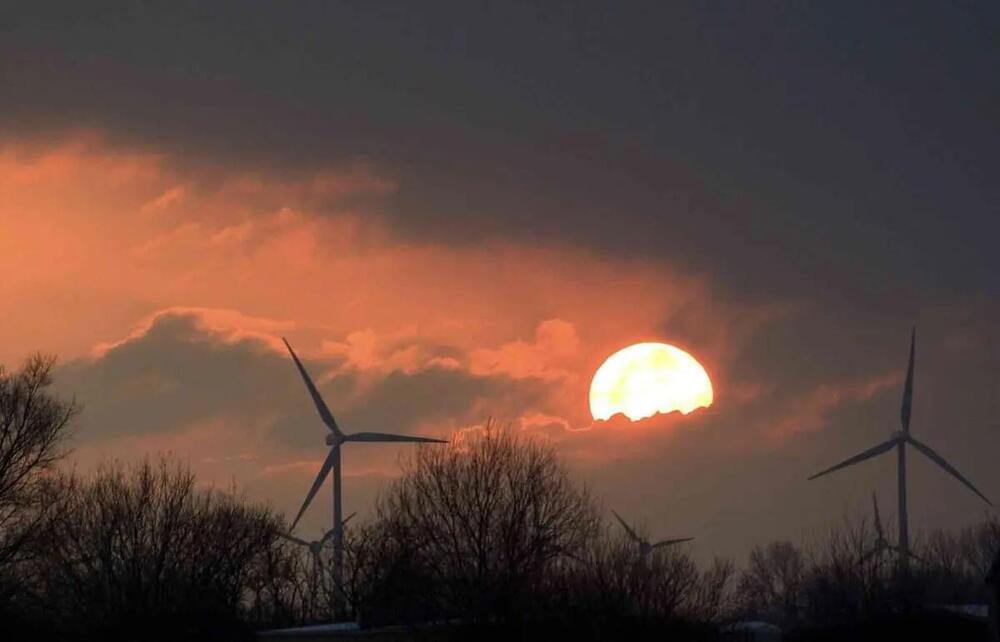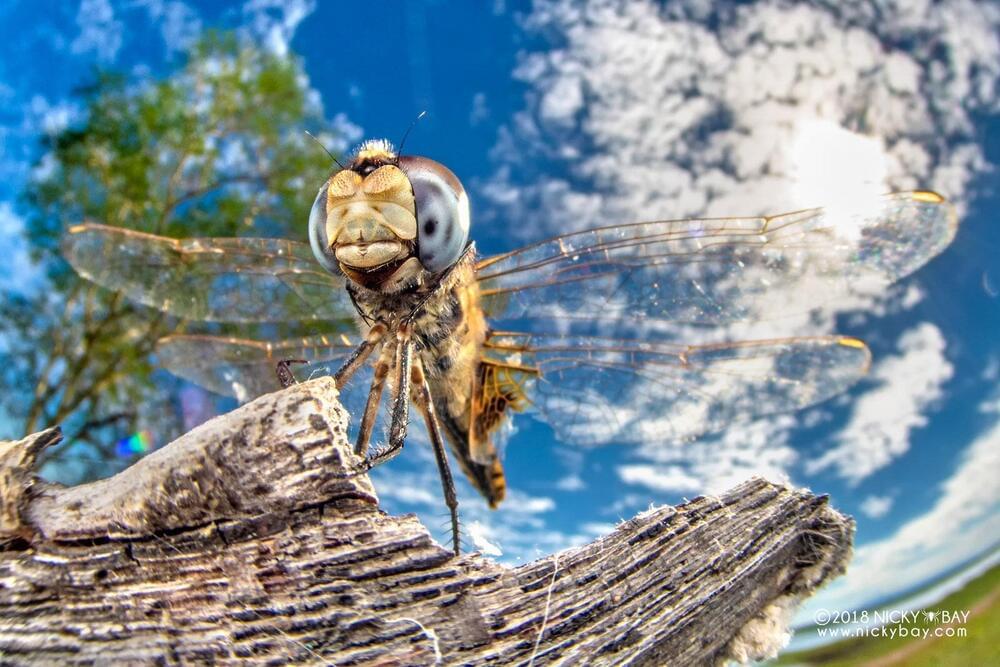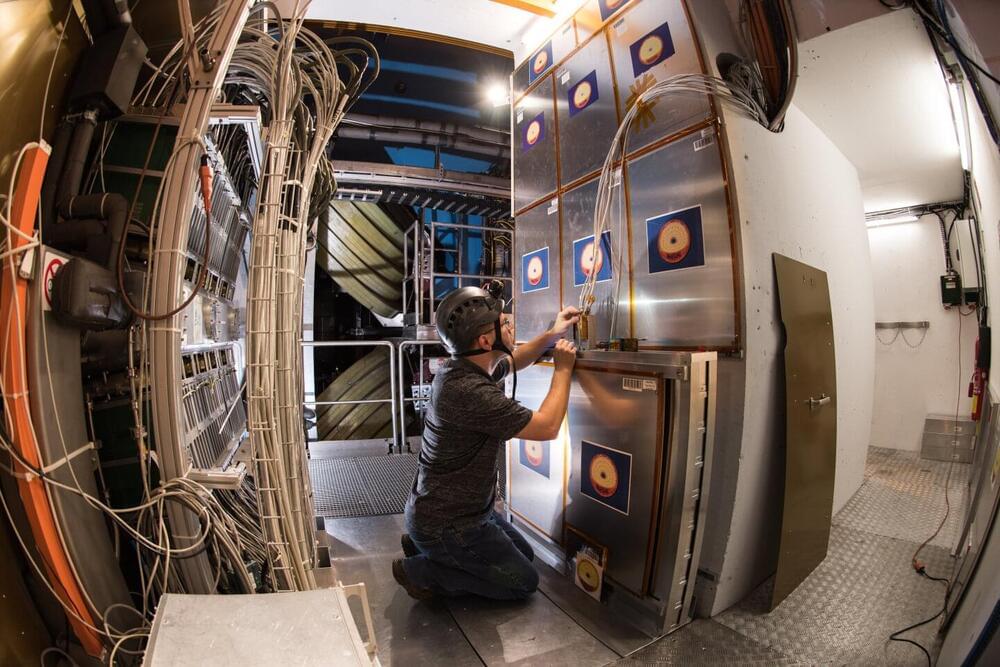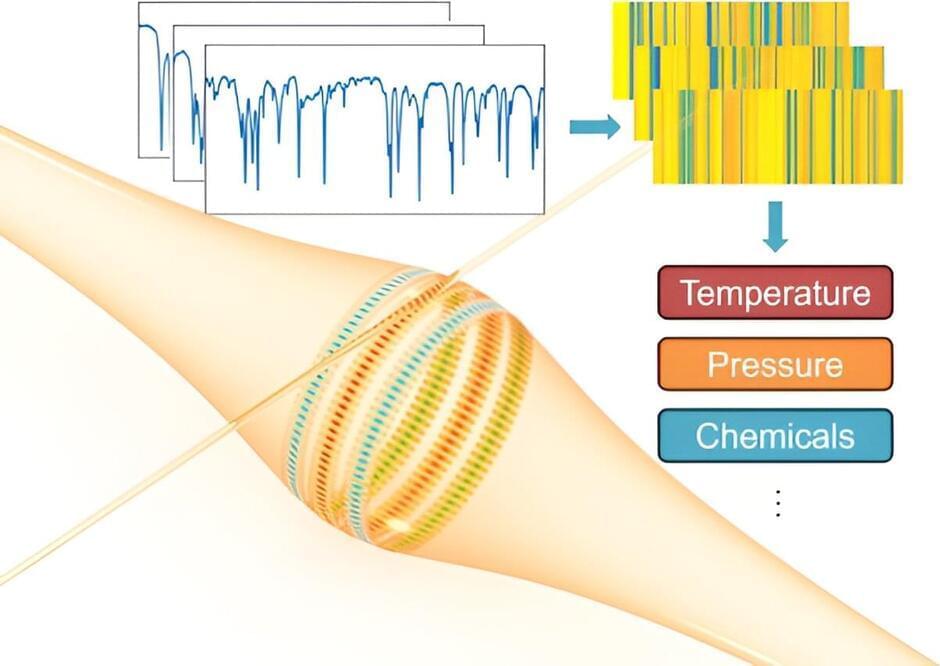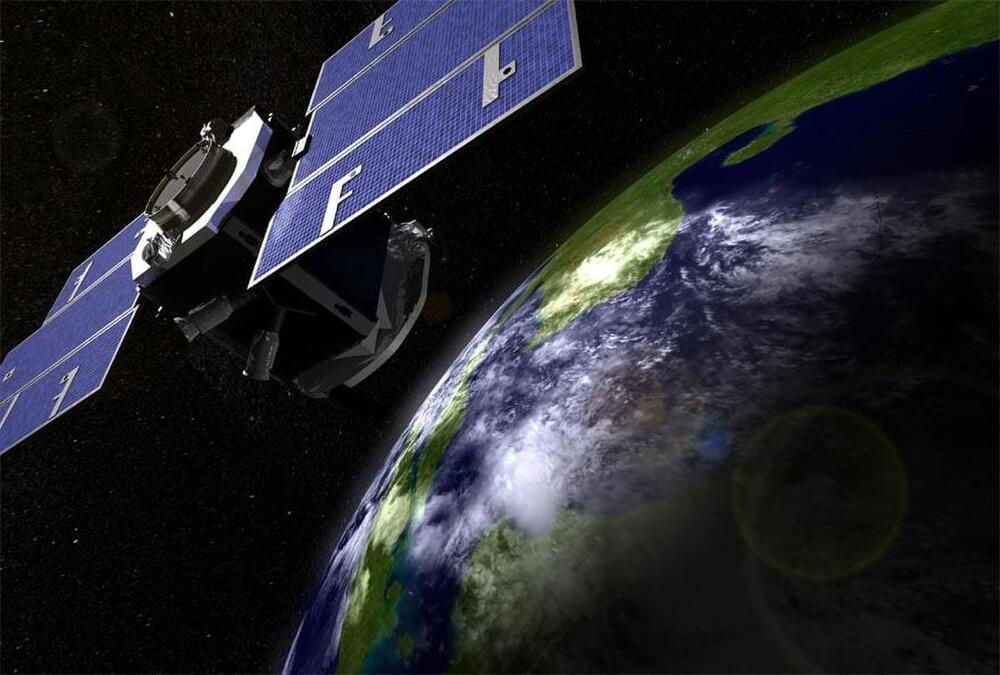
Researchers at EPFL have created the first detailed model explaining the quantum-mechanical effects that cause photoluminescence in thin gold films, a breakthrough that could advance the development of solar fuels and batteries.
Luminescence, the process where substances emit photons when exposed to light, has long been observed in semiconductor materials like silicon. This phenomenon involves electrons at the nanoscale absorbing light and subsequently re-emitting it. Such behavior provides researchers with valuable insights into the properties of semiconductors, making them useful tools for probing electronic processes, such as those in solar cells.
In 1969, scientists discovered that all metals luminesce to some degree, but the intervening years failed to yield a clear understanding of how this occurs. Renewed interest in this light emission, driven by nanoscale temperature mapping and photochemistry applications, has reignited the debate surrounding its origins. But the answer was still unclear – until now.

